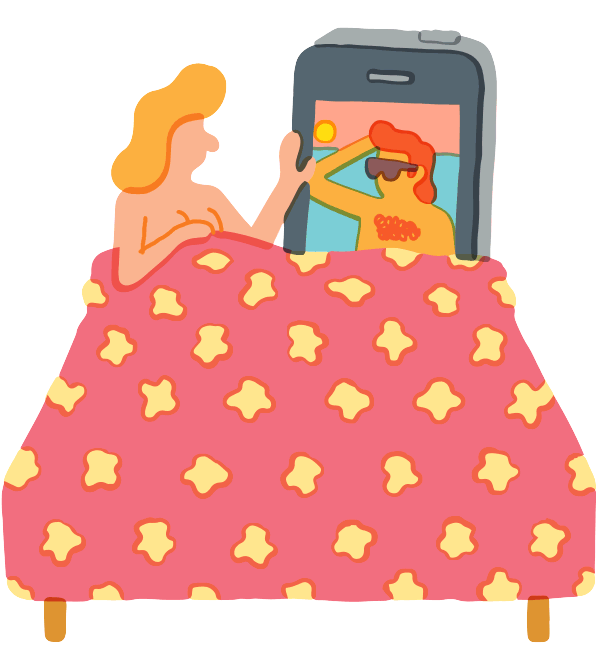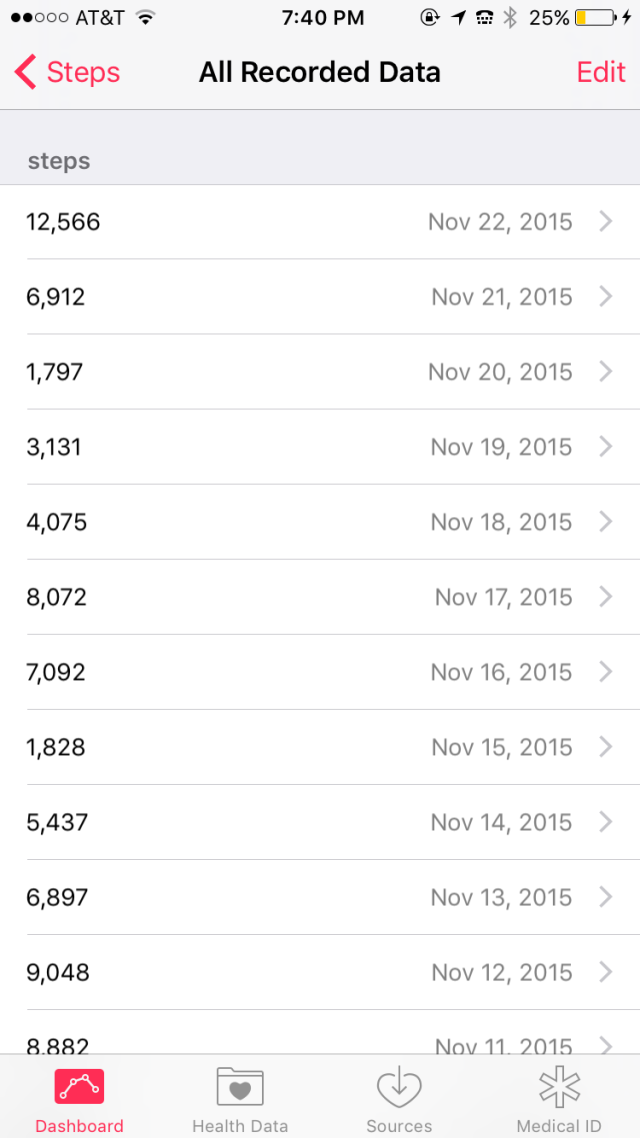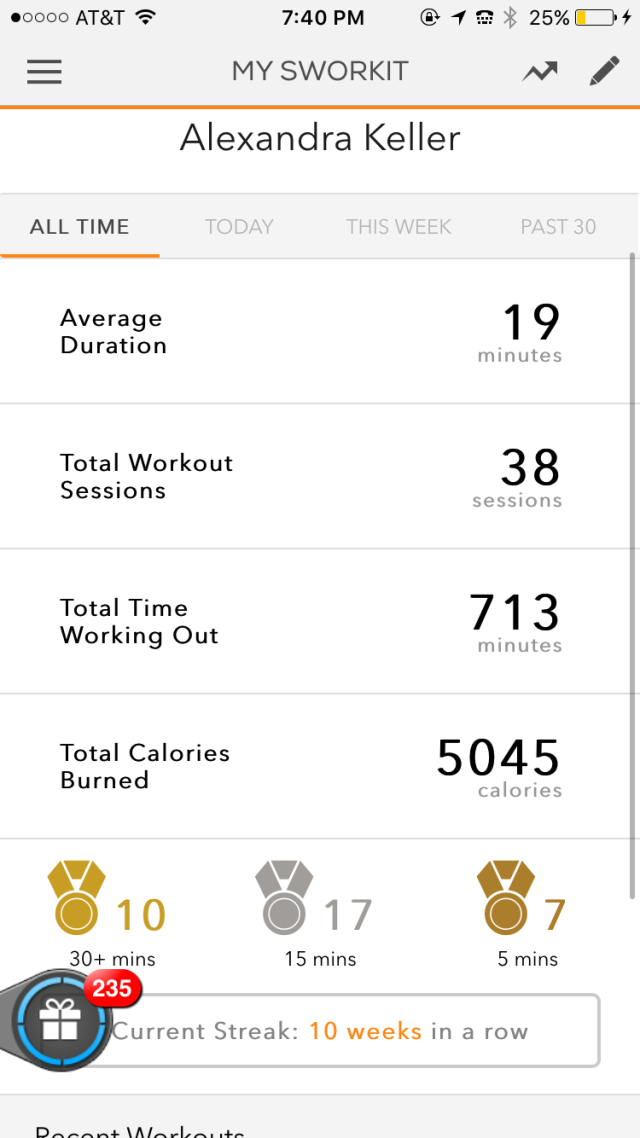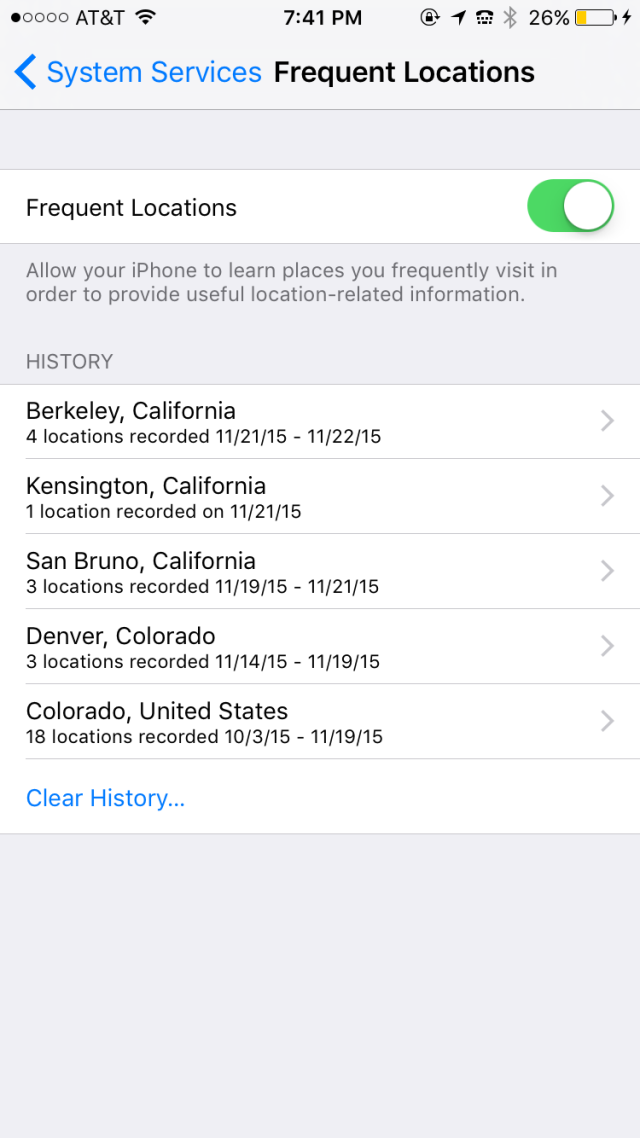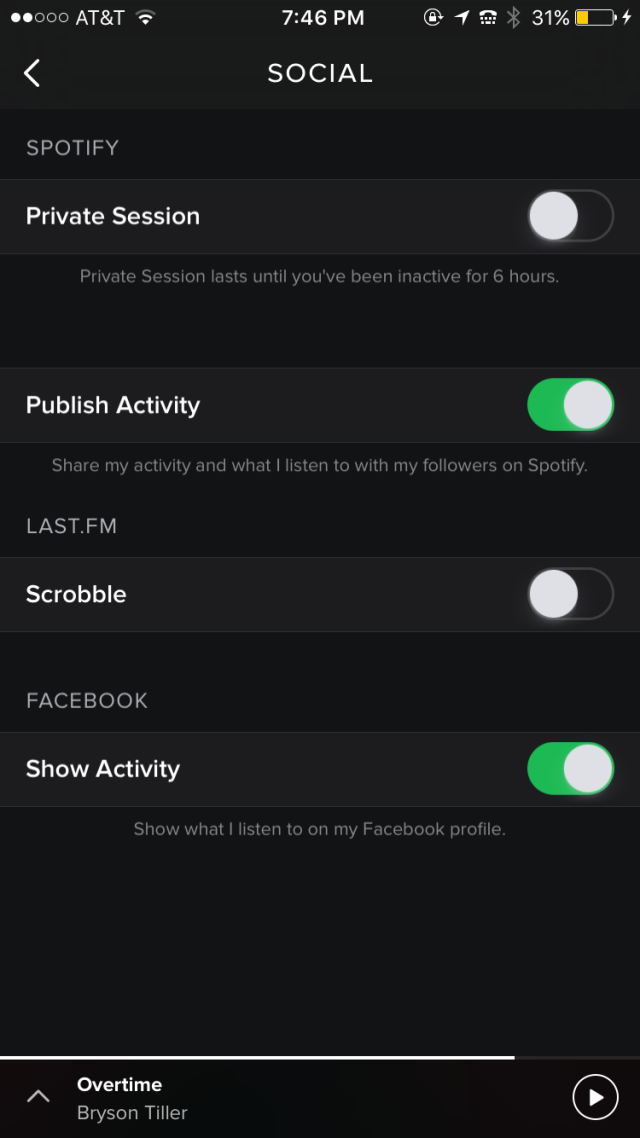As an avid Snapchat user, I have definitely fallen into the culture of instant glimpses into people lives and my own. The concept around Snapchat is sending visual clips or pictures of a moments in your life that you either want to share personally to a friend, add to your story viewable by all the people following you, or to the world categorized under your geographic location. There is one catch: if sent personally you can only view it once. If it is posted to a story you can view it multiple times, but screenshotting is always known. This instills a confidentiality aspect into the app. If I sent a personal Snap or posted a story, I am instantly notified when another user screenshots and attempts to save my picture. That can be taken in a way where you may feel inclined to call them out or flattered that your picture was cool enough to be saved. This adds to the concept of real-time interactivity. We can see who has opened, replayed, or saved our snaps. Allowing us to use the app in multiple ways. I have friends who Snap me if I don’t respond to their text and use it to see if I am on my phone and just ignoring them. That sort of plays into the idea of Rettberg’s idea of friends serving as checks and balances. If you are not being reliable they can use Snapchat to see if you are being a good friend or not by responding to them. Surely if you have time to Snapchat, you have time to text, or so that’s how some people think.
Aside from the communication aspects of Snapchat, the application has a variety of ways one can filter or add effects to the Snap. On a very simple level, one can add captions, adding a textual effect. These captions can consist of a simple standard size text in a bar across the Snap. The text can be manipulated to be big or small, rotated all around the screen, or even moved around to have a specific placement for the user. This adds a creative feature where one can play around with their image and representation of their self in that Snap. Rettberg also speaks to this idea and how one can self-represent themselves in a variety of ways on social media platforms. By swiping left and right on your finalized image or video clip, you can add three different color filters, setting a visual tone for the image. It can make one look more tan, black/white mysterious, or a filter that brightens the blues and reds in the image setting a more vintage or aqua vibe. This adds a technological filter. The apps technology sets a time limit for your message, it filters ways one can express the image via captions and emojis, and also allows one to filter the image and change the color and tone for the recipient. You can use location services to add you to a digital grid where states to universities to towns or even events are open to the public for “storytelling.” If you want to make it to the story you must cater that image or video to something highlighting the area, culture, or event. This in a sense creates a cultural filter, where Snapchat decides what to show and post on the public forum, altering the way an outside gets an inside view. It influences the pathos of the audience, directly manipulating the way in which we view and should view certain areas, cultures, and life experiences. This also speaks to the concept of globalization of communication. Sitting in my bed at home, I can see the lives of people in Dubais or even Barcelona, or if I was too broke to attend Coachella that year I can tune into the live updates of all the fun going on without having to spend a cent.
In terms of communication, I feel this edited, manipulated, and idealized form of communication affects the population who uses it in a way similar to media and advertisements. We choose to post happy, funny, exciting moments in our lives that further promote and speak to the lifestyles and ways to achieve them portrayed in popular media and culture. To be happy, fit, embracing the small things in life, that are often associated to material objects. It’s influencing in a lot less conscious way but arguably it could be seen as a form of conformity and a platform for a way of life to be idealized and promoted through a subconscious form of communication. We are shaping it but also being shaped by it.

